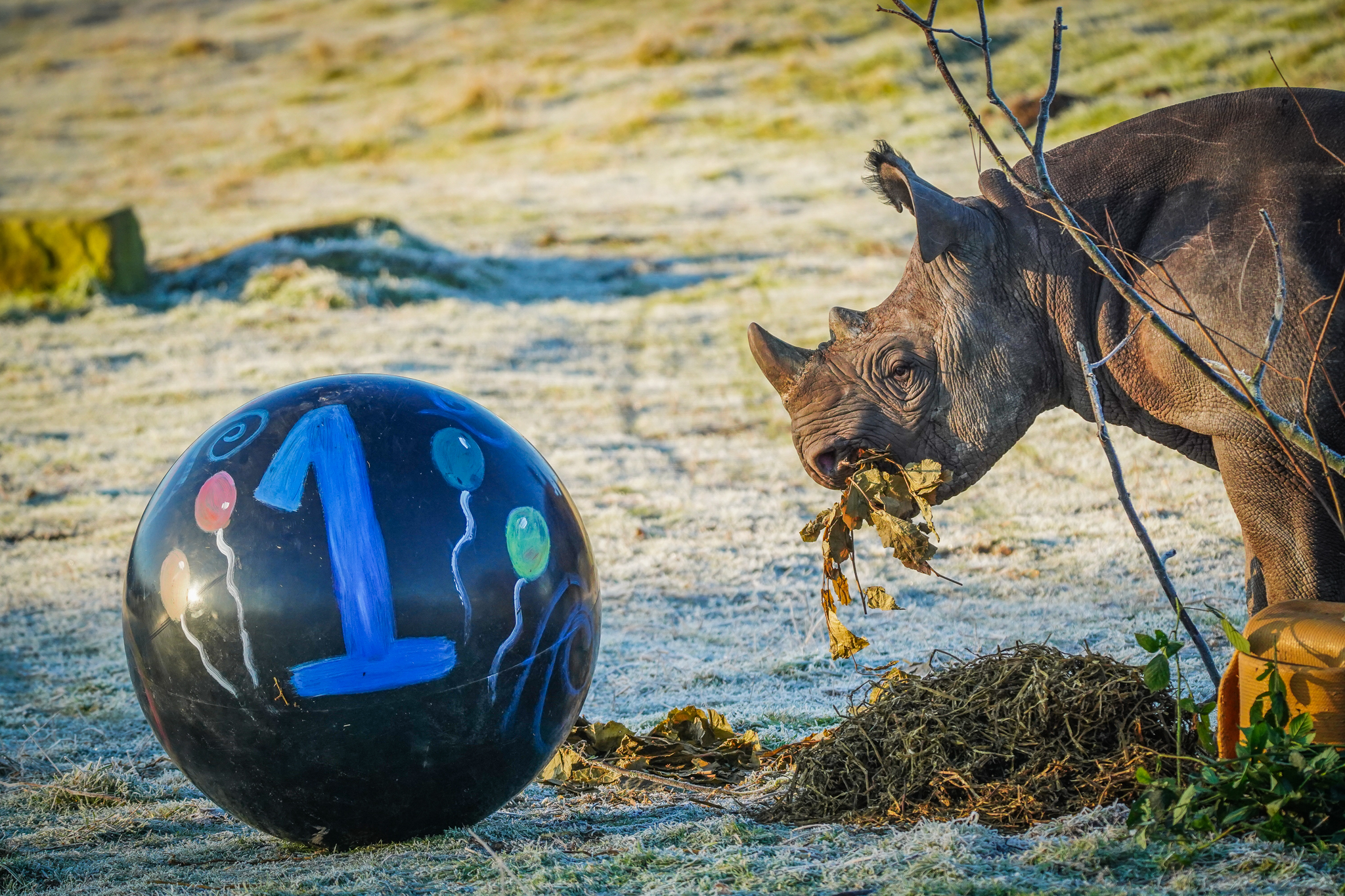Happy new year everyone! We’re delighted to be welcoming in 2022 with a fantastic news update from our partner Helpsimus, who protect the great bamboo and red-bellied lemur in Madagascar.
Deep in the rainforests of the Ranomafana National Park, southeastern Madagascar, French charity Helpsimus are working to conserve the species, by studying lemurs, to find out how to protect them, and to look after their habitats. Plus, the charity are working hard to connect with and educate local communities, to protect these species and their habitats – a project we are proud to fund here at WildLife Foundation.
This is vital for the survival of both Red bellied lemurs and Greater bamboo lemurs, as these animals are very picky when its comes to their rainforest homes. Greater bamboo lemurs love bamboo, and lots of it, but will disappear if they can’t find appropriate homes. Red-bellied lemurs are losing their habitats to slash-and-burn agriculture, logging and mining.
 So what’s new and what’s improved? Well, for a few months, the team at Helpsimus have been habituating 3 new groups of red bellied lemurs and a group of great bamboo lemurs. On top of their usual work, Helpsimus are now directly protecting 600 lemurs. This is great news for the species as Red-bellied lemurs are currently listed as vulnerable and Greater bamboo lemurs are critically endangered.
So what’s new and what’s improved? Well, for a few months, the team at Helpsimus have been habituating 3 new groups of red bellied lemurs and a group of great bamboo lemurs. On top of their usual work, Helpsimus are now directly protecting 600 lemurs. This is great news for the species as Red-bellied lemurs are currently listed as vulnerable and Greater bamboo lemurs are critically endangered.
Plus there’s more! A Malgasy student carried out a 2.5-month eco-ethological study of Red-bellied and Greater bamboo lemurs, collecting 100s of videos. The study and its results will help to understand and evaluate the animal’s habituation, such as the composition of lemur groups and determination of their territories. Sounding a bit complicated? Basically, the team are working hard to understand how these lemur groups, or troops as they are called, work, how they define their homes, how big these are, and why they decide to live in these particular spots. Really clever!
 But how is it all working out? The team at Helpsimus have had great success so far, registering a record number of lemur births, including 85 great bamboo lemurs in 2020. You’d most likely spot these species in trees, but Greater bamboo lemurs will come to the ground to drink, snack on soil, and will even eat sugar cane or coffee if they struggle to find food. But bamboo is their preferred dish of choice!
But how is it all working out? The team at Helpsimus have had great success so far, registering a record number of lemur births, including 85 great bamboo lemurs in 2020. You’d most likely spot these species in trees, but Greater bamboo lemurs will come to the ground to drink, snack on soil, and will even eat sugar cane or coffee if they struggle to find food. But bamboo is their preferred dish of choice!
Red-bellied lemurs can eat a kind of toxic millipede, which they can neutralize by spitting on them! Clever! Knowing more about both of these species is key to their survival, as back in 2008 the population of greater bamboo lemurs was estimated to be less than a hundred individuals in Madagascar. The team at Helpsimus have made a HUGE difference, but there is more work to be done and you can help too! Donating to us at WildLife Foundation, you can help to protect Greater bamboo and Red bellied lemurs.
- Find out more about Helpsimus’ work by clicking here.
- Find out more about WildLife Foundation’s work with Greater bamboo lemurs and Red bellied lemurs.
- You can find out more about other WildLife Foundation conservation projects by clicking here











